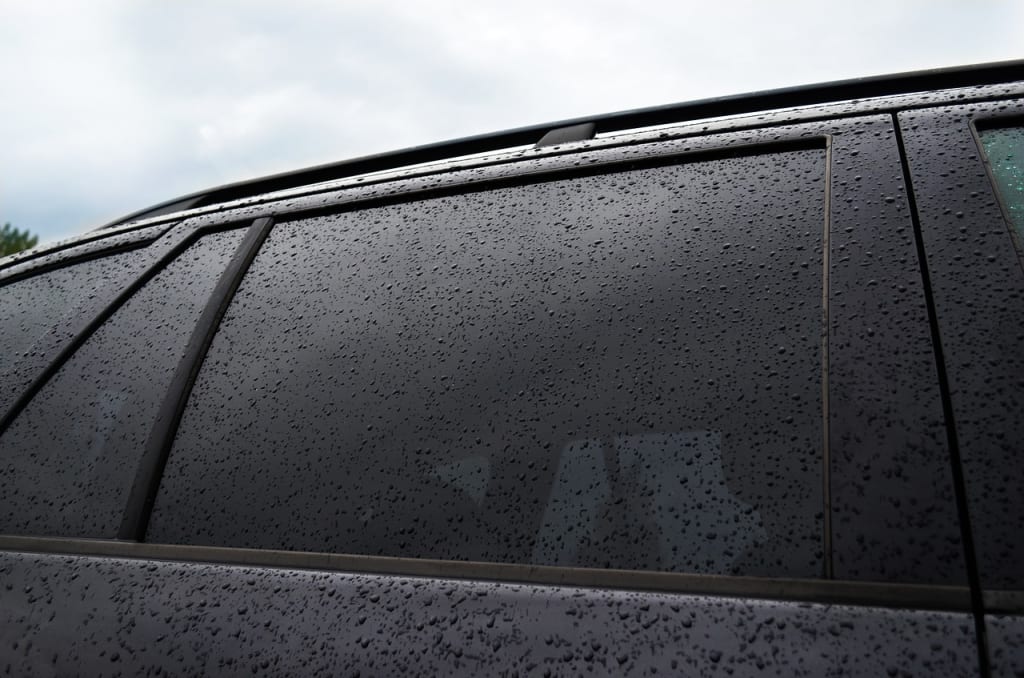Your Guide to Legal Window Tints
Laws can vary from state to state.

There are a few advantages to adding a window tint to your car. Some people like it because they think it looks cool, but there are practical reasons to add a tint as well.
For one thing, it gives you a little more privacy than you would have otherwise. Sure, people won’t peer into your car as you’re speeding down the freeway, but it’s another matter entirely when you stop at a traffic light. And if you live in a place with a lot of sunlight, window tints can reduce the amount of heat that comes into your car—this is more of an issue in places like Arizona, Texas, and California.
But before you pay for a window tint, you have to make sure it’s legal. Read on for your guide to legal window tints.
50 States and 50 Laws
You’ve probably seen those “ridiculous state law” lists that get passed around the internet every so often. One reason why there are so many of those is that each state has a lot of latitude to set their own laws and regulations. States aren’t supposed to pass laws that are blatantly unconstitutional, but in general, the federal government gives them a lot of leeway. The feds know that a law that makes sense for people in Colorado might not make as much sense for people in Connecticut.
Vehicles must meet certain federal safety standards, but other than that, there’s a lot of variance. In other words, window tint laws can vary a lot depending on which side of the state line you register your car on. States like Utah prohibit mirrored tints entirely, for instance. And in Vermont, you better not try to apply a window tint unless you have an approved medical exemption.
Laws can also vary depending on which part of the window you want to tint. For instance, window tinting on your side windows can have different requirements than window tinting on your rear windows. Why do states care so much about windows? It’s a safety issue as much as anything else. They want people both inside and outside the car to stay as safe as possible. Imagine a cop pulling over a vehicle with a window tint so thick he can’t see inside the vehicle. Rightly or wrongly, the cop might assume that the people inside the vehicle are doing something illegal.
Getting a Window Tint
A window tint is usually not something you should try to pull off on your own. You can do things like installing a rear view mirror or buff out a scratch, but window tinting is a complicated matter best left to experts.
If you want a tint, first think about the reasons why. Are your sunglasses not doing a good enough job of keeping out the sun? Does it make you uncomfortable when people look at your stopped car? Figuring out your reasons for seeking a window tint will make it easier to talk to the window tinting professional you eventually hire for the job.
When you’re visiting a window tint shop, start by asking about local regulations for tints. If the person you’re talking to acts confused or says, “I can probably figure out something that’s legal,” then that’s a sign you should leave. This is no time for guesswork.
You need a reputable business that has years, if not decades, of window tinting experience. They should be applied to apply tints to all kinds of vehicles, including RVs. When you’re on the road in an RV, it’s not just a vehicle. It’s also your living space, which makes the additional privacy of a window tint that much more important.





Comments
There are no comments for this story
Be the first to respond and start the conversation.